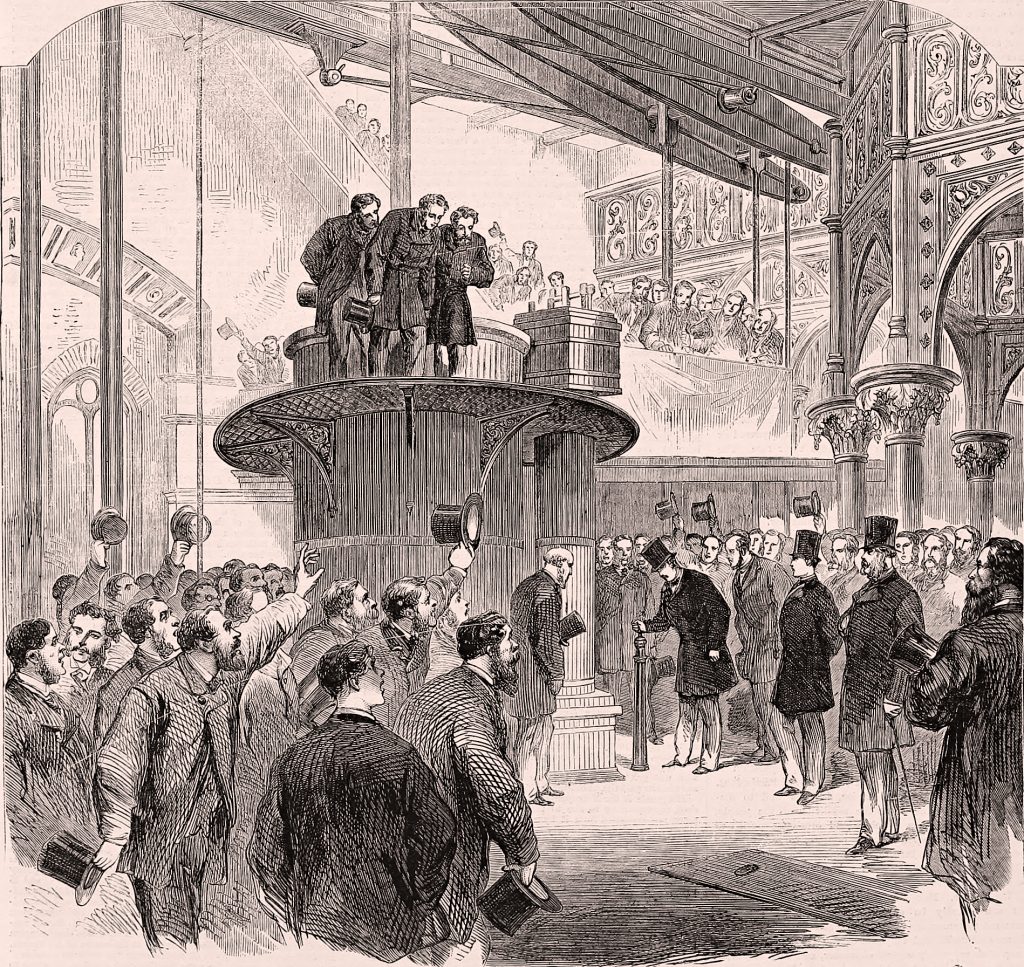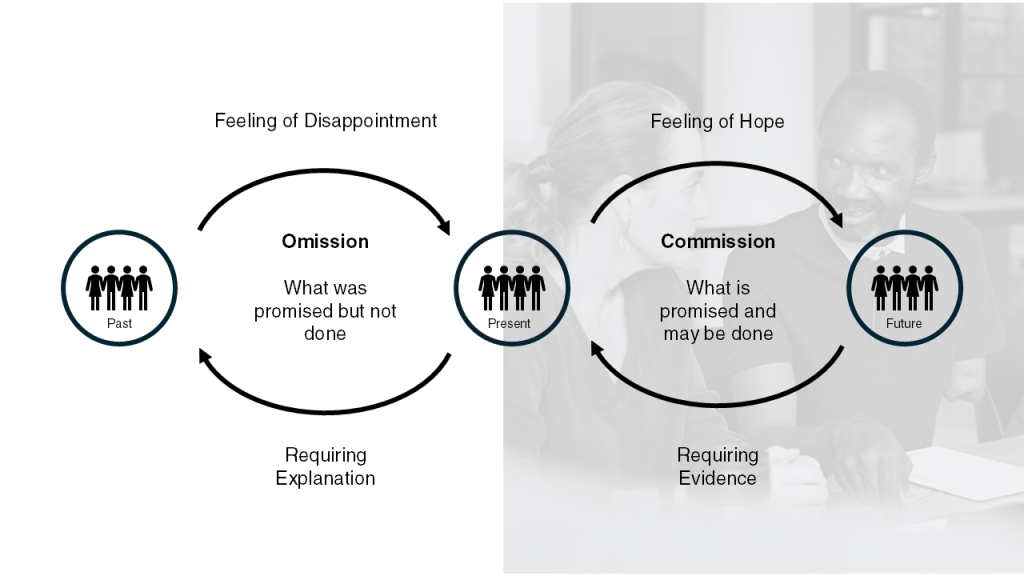
I’ve had an iPhone with a cracked screen for months. I did fit a screen protector and it seemed to be successfully holding back the shattered glass. I was glad of that if aggravated by the broken screen.
The thing is…the screen wasn’t broken. The screen protector had absorbed the energy of the drop and shattered itself.
I just didn’t know that was how the thing worked. The screen protector had solved my problem as a user (to use the Agile/LeanUX phrasing) but I had not been told (and I had never thought to look up) what solved looked like.
The invisibility of Solved

This reminds me of a couple of things I’ve discussed and seen this week.
From work with the Royal Academy of Engineering, we discussed how much infrastructure work and improvement is hidden from the public. They see the inconvenience of traffic jams and detours but not necessarily the benefits of the work.
This is true of something I saw while on a long walk yesterday. It’s the largest hole in the ground in Gloucestershire as reported in the Stroud Times.
Months of road works and detours across my town without any visible benefit.
Yet this hole in the ground solves a huge problem that local people worry about. It’s a storage vat for flood water. It will hold overflow water and then feed it thru the sewage treatment plant in a controlled way. It solves both flood and pollution issues that people are worried about. It provides safety thru infrastructure.
Yet few people know that what they still worry about is being solved.
Too often we don’t know what solved looks like and no one tells us how to see it. We remain concerned when designers and engineers have done the work. We remain stressed because we never close the narrative loop of ‘Here is a Problem and here is a Solution’.
Being explicit about what Solved looks like helps. Saying what is done helps.
Rituals of Completion

As this image from Wikipedia shows, the Victorians celebrated completion of engineering projects. The Prince of Wales is, in this image, opening a water pumping station in London.
I do a lot of projects on imagination and consultation. The first engages people by asking them to imagine hopeful futures, the second asks them to confirm the future planned aligns with their hopes. What is missing here is any sense of a completion narrative. Nothing is visibly solved.

This diagram is from Royal Academy of Engineering project and, rather than being about Solved, is about lost futures. It is however, the same issue. People never being involved in the final loop of what is done (or not done).
The Victorians used ceremonies (involving people with power and privilege) to show things had been solved. This is public ritual in practice. The naming and showing of what has been achieved and completed.
The power of this ritual is lost in the modern world but perhaps new rituals could be created?